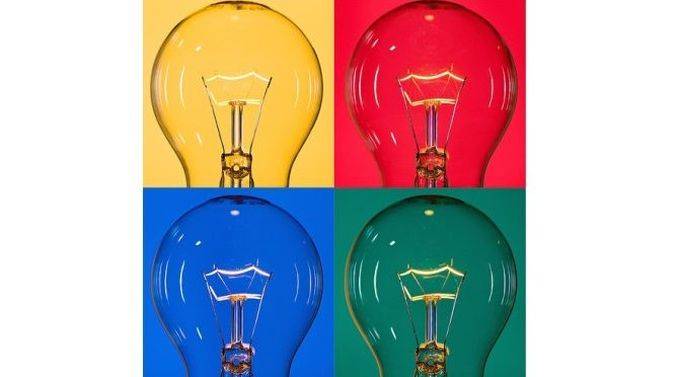This post was first published on 16th July, 2014.
Today’s special is the case that has set a high precedent in US Patent Law practice, acquiring the status of the highest cited case in subsequent cases decided by several courts, especially the CAFC. Graham vs. John Deere Co. is cited extensively since it clarifies the judicial standing on the requirement of non-obviousness of an invention. William T Graham (Graham) sued John Deere Co. (Deere) for patent infringement.
Details: Graham invented a new shock absorber to add to tractors, essentially a device designed to absorb shock from the shanks of chisel plows as they plowed through rocky soil and thus prevented damage to the plow. Graham obtained a patent (US Patent 2,493,811) on this device.
Shortly thereafter, Graham made an improvement on this device and applied and obtained a patent (US Patent 2,627,798) for the improvement. Only 2 differences existed between the two patents, them being: the stirrup and the bolted connection of the shank to the hinge plate did not appear in 2,493,811 and the position of the shank was reversed, being placed in 2,493,811 above the hinge plate, sandwiched between it and the upper plate.
A little later, Deere was sued by Graham for patent infringement, since Deere started using a device similar to the device patented in the improvement patent of Graham. Deere argued that Graham’s patent on the improvement was invalid because it failed the test for non-obviousness.
The Trial Court upheld Deere’s argument and found that Graham’s patent failed the test of non-obviousness. Subsequently, upon appeal by Graham, the US Court of Appeals for the Fifth Circuit reversed this decision finding for Graham’s patent. Next, Deere appealed and the US Court of Appeals for the Eighth Circuit reversed the opinion of the previous Appeals Court and held that patent 2,493,811 was invalid and consequently, Deere was not committing any infringement.
Graham argued before the court, a new point that had not been argued before the USPTO. This was that in the improvement patent design, the flexing of the plow shank was limited to the points between the spring clamp and the tip of the plow shank, absorbing the shock of hard objects on the ground more efficiently. The Supreme Court rejected this argument and invalidated the patent for 2 reasons: 1. Graham had not raised this argument before the USPTO, and 2. the parts in the improvement patent served the same purpose as those in the prior art. The Court found that the improvement was obvious and the patent was invalidated.
Decision: In the majority opinion, Judge Clarke iterated Thomas Jefferson’s initial premise based on which Patent Law was built, that being, monopoly for a limited duration was to be given to inventors, provided that the invention is novel, useful and helped in furthering human knowledge, and not for small details or changes and obvious improvements. Prior to the enactment of the Patent Act, 1952, only novelty and usefulness/utility of an invention were considered for the grant of patent rights, in the landmark case of Hotchkiss v. Greenwood, 52 U.S. 248 (1850), the US Supreme Court had invalidated a patent on the grounds that it involved only a substitution of materials and no real innovation. Thanks to the Hotchkiss case, non-obviousness of inventions was successfully incorporated as one of the criteria for patentability analysis, but there was no concrete standard to rely on when it came to determining whether an invention was obvious or not.
The Patent Act, 1952 incorporated 35 USC §103, effectively codifying the non-obviousness requirement for patent protection. The section requires a comparison of the subject matter seeking patent protection with the prior art and tries to determine if the subject matter as a whole would have been obvious, at the time of the invention, to a person with ordinary skill in the art. Judge Clark held that the Congress, in passing the Act, intended to codify and clarify the common law surrounding the Patent Act by making explicit the requirement of non-obviousness. The Court held that §103 required a determination of the following to resolve the issue of obviousness:
- Scope and content of prior art
- Differences between claimed invention and prior art
- Level of ordinary skill in prior art
The Court also mentioned “secondary considerations” which could serve as evidence of non-obviousness:
- Commercial success
- Long felt but unsolved needs
- Failure of others
In conclusion, we can see the evolution of the non-obviousness requirement under the US Patent Law. Although the test for non-obviousness is still not a 100% concrete, a sufficient standard for testing the same, under the law, has been established by the US Judicial System.



